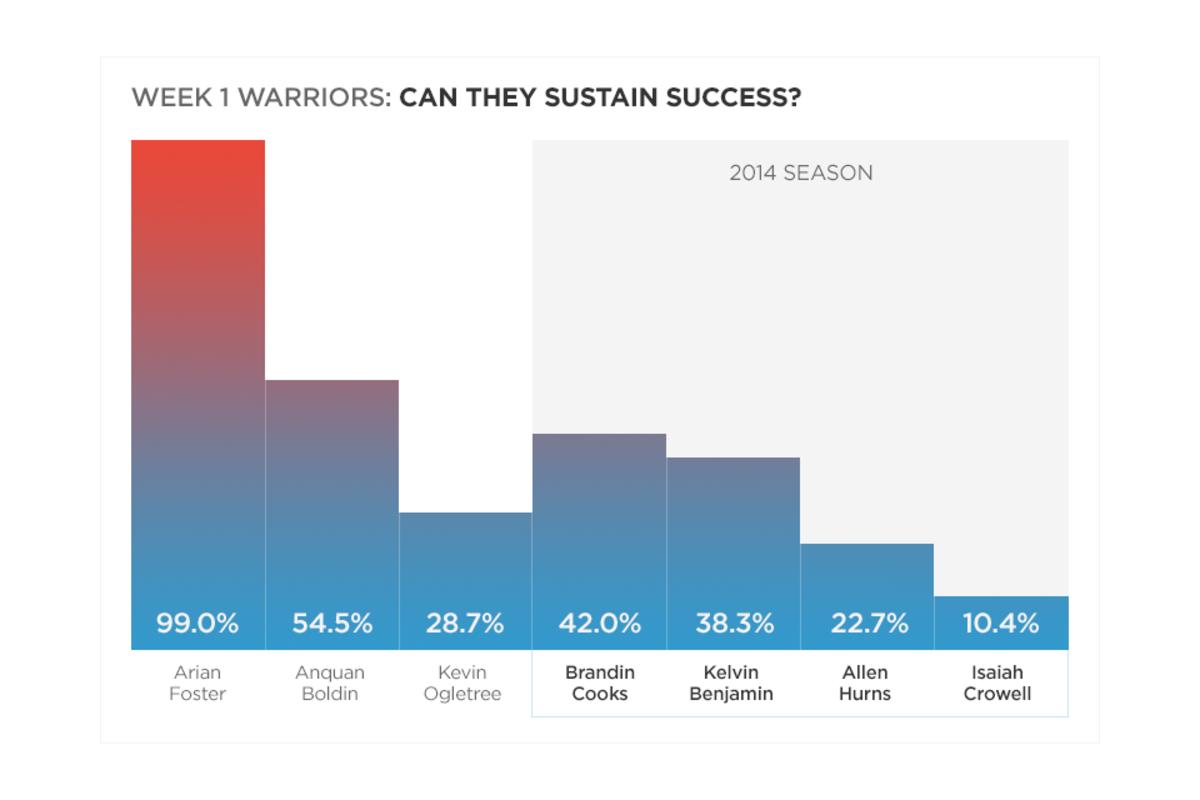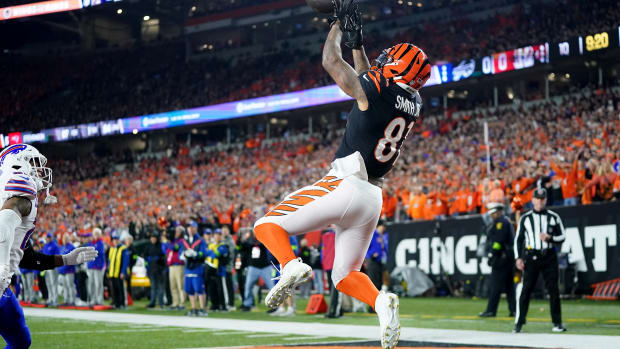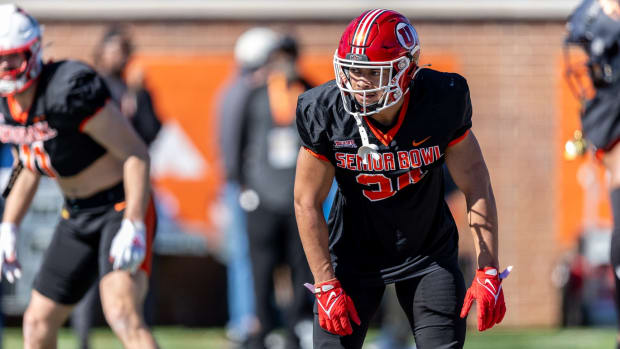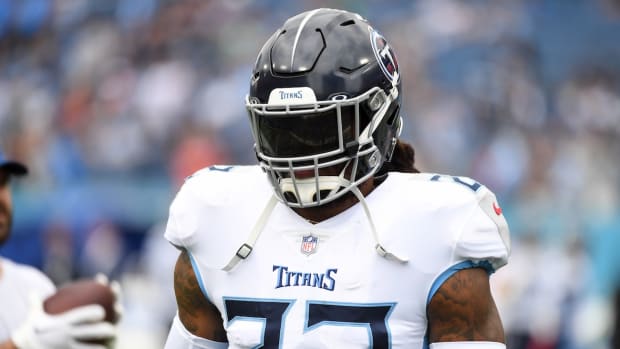How Good Are They?
By Keith Goldner, numberFire.com
Kevin Ogletree. Julius Thomas. Frisman Jackson. Every year we see a few players explode with huge performances in Week 1. A lot of times, they’re highly touted rookies—players such as Adrian Peterson, Ladainian Tomlinson and Chris Johnson. But other times they’re complete unknowns, the Kevin Ogletrees of the world.
With Week 1 behind us, let’s take a look at this year’s explosive offensive performances. In particular, let’s examine if Week 1 domination is predictive of sustained success.
We saw four rookies stand out offensively in their debuts. Two were somewhat expected, while the others were rather unpredictable:
- Brandin Cooks (WR, New Orleans)The 20th pick in this year’s draft caught seven of his eight targets for 77 yards and a touchdown.
- Kelvin Benjamin (WR, Carolina)The 28th pick produced six catches on eight targets for 92 yards and a touchdown, all with backup quarterback Derek Anderson at the helm.
- Allen Hurns (WR, Jacksonville)The undrafted Hurns hauled in four catches for 110 yards on nine targets, including two touchdowns.
- Isaiah Crowell (RB, Cleveland)Crowell, also undrafted, scored two touchdowns on five rushing attempts, totaling 32 yards.
We have identified 27 wide receivers, tight ends and running backs who, having never done so before, put up huge numbers in Week 1 since 2000. Keep in mind that it’s a small sample size, so the resulting probabilities will have large margins of error.
For each of these 27 players, we graded whether their season and career was successful. Several factors go into this, including our internal NEP efficiency numbers and standard metrics (what percentile they finished at in terms of yards gained or touchdowns scored at their position).
A quick refresher on NEP: One of our key prediction metrics is Net Expected Points (NEP). NEP compares every single play over a season to how a league-average team should perform on that play. Every situation on a football field has an expected point value; that is, how many points an average team would be expected to score in that situation (given down, distance-to-go and yard line). For example, the Chiefs may be playing the Steelers, facing a third-and-two on the 50. That’s a ton of variables, but numberFire has data from the past dozen years of every single play, so most situations have come up at least once. According to our data, an average team may be “expected” to score 1.23 (estimated number) points on that drive. However, Jamaal Charles reels off a 32-yard run to bring the Chiefs into the red zone, increasing the “expected” point value of the next play to 4.23 (still an estimated number) points. Jamaal Charles then gets credit for the difference, in this case 2.96 points, as his NEP total. That’s Net Expected Points.
By calculating every player and team’s NEP over an entire game and season, we can pinpoint the most efficient players and teams in the league.
The Factors
We looked at several factors for predicting sustained success: draft position, years of experience, position on the field, playing time (touches and targets), total production in Week 1, and team strength, among others.
Most of the long-term successful players were highly drafted rookies who were immediate starters. But for every Matt Forte, there is an Arian Foster or Alfred Morris.
In the final model, the biggest determining factors were playing time and draft position. Position and playing time go hand-in-hand, essentially, as a starting running back is likely to touch the ball more than 15 times a game, while a receiver will rarely see 15 targets. As a result, running backs tend to finish higher than receivers, who for the same reason will likely finish higher than tight ends.
The Results
Brandin Cooks: 42.0% chance of sustained success
Kelvin Benjamin: 38.3%
Cooks and Benjamin had eerily similar numbers in Week 1. Both were drafted in the first round and each caught a touchdown while seeing at least eight targets. Cooks posted +7.4 NEP on receptions, while Benjamin had +8.5. Cooks did have one carry, adding +1.1 NEP on the ground making their efficiency contributions identical. Both players fall between Anquan Boldin (54.5%) and Kevin Ogletree (28.8%) in terms of their chances of sustained success in the league. This provides solid odds at the wide receiver position.
Allen Hurns: 22.7%
Only Calvin Johnson and A.J. Green landed higher receiving NEP Week 1 totals than Allen Hurns. Despite only catching 44.4% of balls thrown his way, Hurns registered +11.1 NEP. Hurns is unlikely to continue sustained success, though, with only around a one in five chance.
Isaiah Crowell: 10.4%
Crowell finished with +4.8 NEP and was successful on 60.0% of his carries. Only three running backs outperformed him in Week 1: Knowshon Moreno, Justin Forsett, and Mark Ingram. Unfortunately, there’s little-to-no chance Crowell continues to perform at this level, joining the Cecil Martin territory of Week 1 busts.
Keith Goldner is the chief analyst at numberFire.com — the leading analytics platform for fantasy sports. Follow him on Twitter @keithgoldner.






































